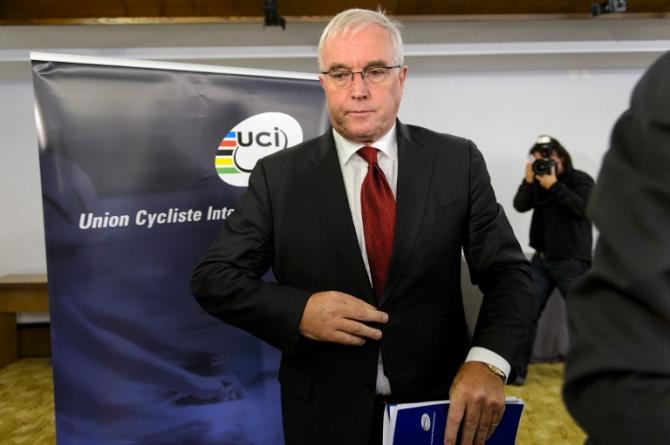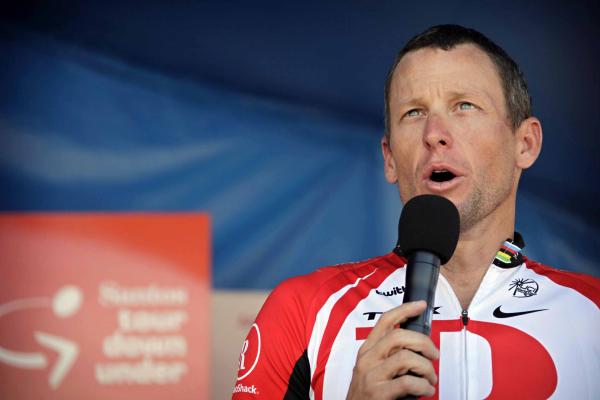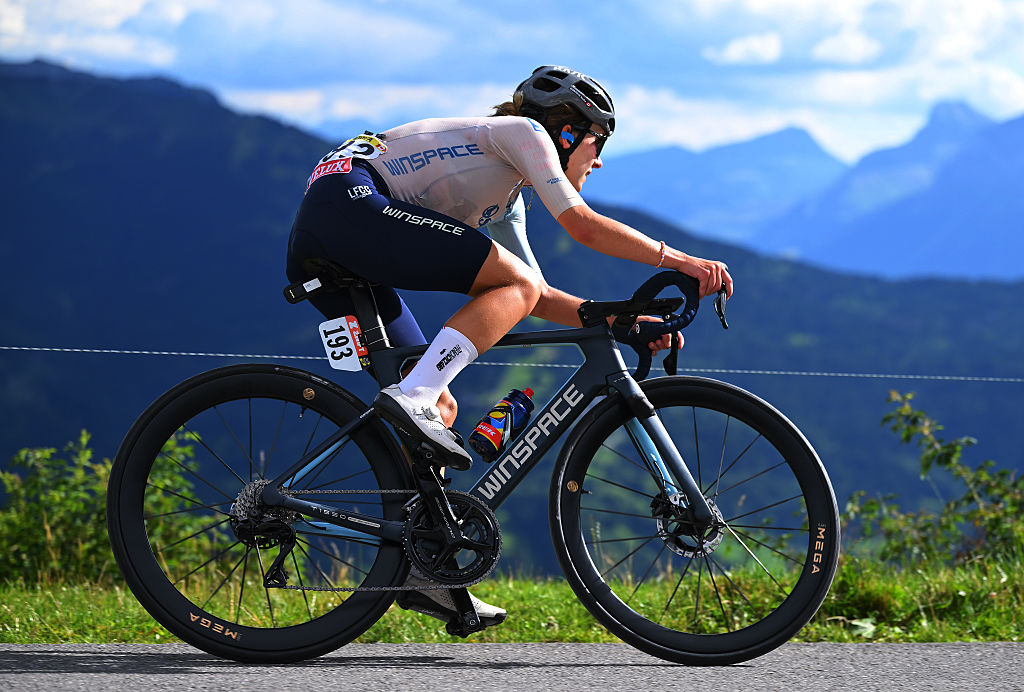Two Armstrong doping controls at 2001 Tour de Suisse suspicious but not positive, UCI says
No “cover-up” of positive doping controls


The UCI did not cover up positive doping controls for EPO from Lance Armstrong during the 2001 Tour de Suisse, because the American did not test positive, according to lab reports. Two of his five samples came back as “highly suspicious,” but not meet the standards to be called positive, according to a series of letters between the UCI, the World Anti-Doping Agency and the US Anti-Doping Agency.
3wiresports.com reported that UCI President Pat McQuaid last week sent a five-page letter to WADA director David Howmann and USADA. The latter agency issued a response concerning “numerous inaccuracies and misstatements.”
McQuaid's letter included copies of lab reports, and says that his information “finally puts pay to the completely untrue allegations” of a positive test and “any subsequent cover-up by the UCI.”
In its Reasoned Decision, the USADA had affidavits from Tyler Hamilton and Floyd Landis, both of whom said that Armstrong indicated that he had tested positive at the 2001 Tour de Suisse, but was able to “make the EPO test result go away.” Landis further said that Armstrong said that he and team leader Johan Bruyneel “flew to the UCI headquarters and made a financial agreement to keep the positive test hidden.”
Armstrong made payments to the UCI for a total of $125,000, but McQuaid said they were in order to promote anti-doping efforts and not to cover up a positive test.
Of his five doping controls during the 2001 Tour de Suisse, three included EPO tests, with the controls on June 19 and June 26, returning questionable but not positive results.
“As you can see,every analysis result for Lance Armstrong is reported by the lab as being negative,” the UCI wrote. However, those two samples contained the remark, “strong suspicion of the presence of EPO, the positivity criteria are not all met.”
The latest race content, interviews, features, reviews and expert buying guides, direct to your inbox!
According to 3wiresports.com, a sample is positive if it tests above 80 percent, and is considered “highly suspicious” at 70.2 and 79.9 percent. The June 19 sample came in a 75.1 percent, and the June 26 sample at 70.0, actually outside the “highly suspicious” range, although it was given that label.
McQuaid summed up by saying, “I reiterate therefore that not one of Armstrong’s samples could in any way have been considered to be positive results.”
He asked that the WADA or USADA issue a statement in support of the UCI, in light of the “great damage” to the UCI “by these false and scurrilous allegations.” Instead, the USADA responded by asking why the UCI did not take action against Armstrong if it had “strong evidence” in 2001 that he was using EPO.
The USADA also issued a list of 10 “new concerns” and requested further details relating to Armstong's doping controls from 1999 to 2010. It did, however, say that it was “thankful that the UCI has now belatedly come around to USADA’s position that it is appropriate for the UCI to share with USADA and others in the sports world Mr. Armstrong’s test results.”
While the tests were not positive, they were highly indicative of doping, the USADA found. USADA also wondered why the UCI did not follow up, saying that the UCI's lack of action “appears to have been grossly negligent or worse.”

